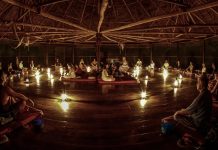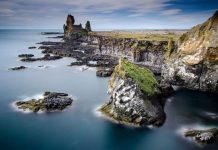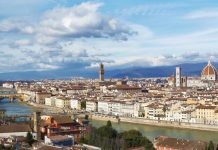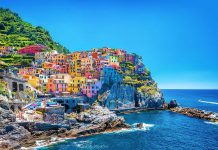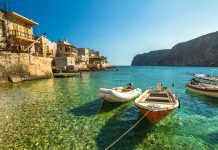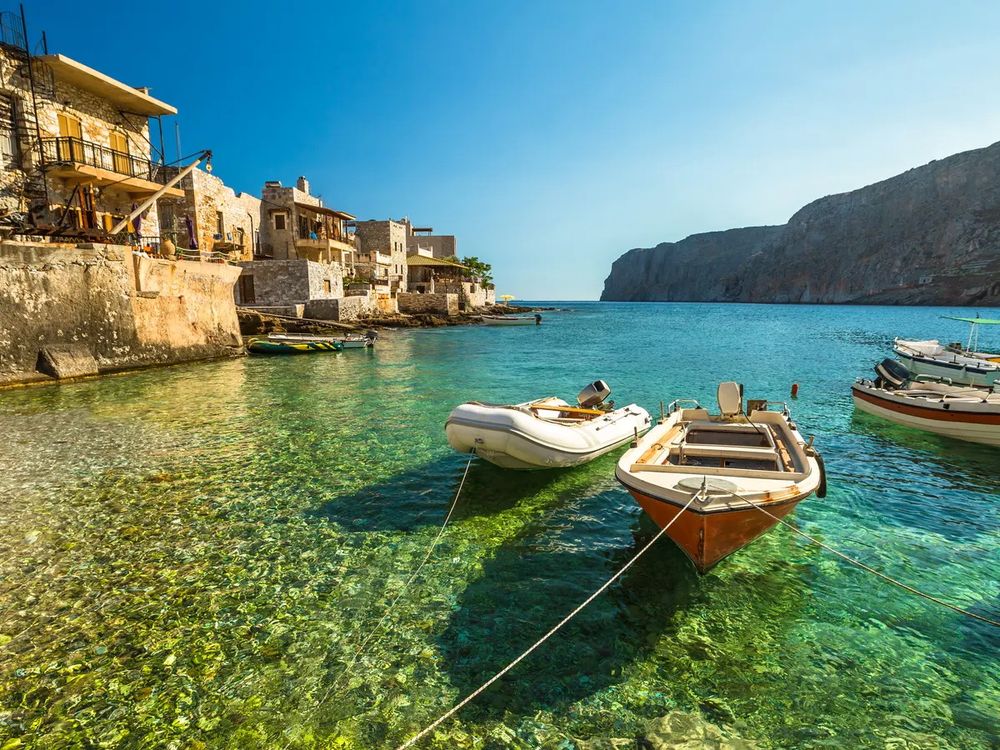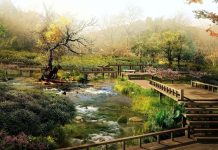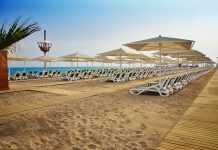Locals claim that in the ancient city of Tokat, located in the heart of Anatolia, you can hear the steps of civilizations sneaking behind you – here history lovers are saturated with mosques, mansions, Turkish baths and caravanserais. Other tourists come to taste the famous Tokar kebab – a delicious mixture of lamb and vegetables – and then wash their greasy hands in the river dividing the city in half.
A thriving antiques trade and architectural delicacies for the coming centuries are guaranteed to protect the physically elevated city of Tokat from plunging into obscurity thanks to the silty sediments accumulated over seven centuries.
You can easily spend the day looking at printed chintz and counters with copper dishes, or staying in the skillful hands of renowned Tokat massage therapists.
Attractions
Gek Madrasah
Built in the XIII century. after the fall of the Seljuks and the Mongols came to power in the person of the local ruler Pervan Muineddin Suleiman, the Tek madrasah also served as a hospital and school, today it houses the Tokat City Museum.
There are very few sky-blue facing tiles on the facade of the building, but there are enough of them on the walls of the courtyard to give an idea of how the madrasah should have looked in its heyday.
The courtyard is the main treasure of the museum, but the collection also includes Roman tombstones, Seljuk carpets, Hellenistic jewelry and local folklore clothes. The plaques on all the exhibits contain very informative information in English. Explore the artifacts of the Bronze Age and Hittite era, icons and relics from the Tokat temples, as well as ceremonial clothes and weapons of the dervishes.
EGGPLANT BLISS
Tokar kebab is made from pieces of lamb and slices of eggplant, fried on a skewer over a hearth with charcoal. Tomatoes and peppers that take less time to cook are put on separate skewers. As it roasts, the lamb secretes the juice impregnating the eggplant. Then all these goodies are served together, with a lot of fried garlic, adding an additional piquancy to the dish.
In practice, it is worth coming to Tokat at least just to taste this dish; you may have to do just that, since it is not on the menu in establishments longer than Sivas and Amasya, and the chefs in Tokat still cook it best. Standard “dener” with eggplants do not go with the glorified original in any comparison.
There is a tomb of 40 girls in the madrasah, in fact it is a collection of 20 tombstones, possibly the founders of the madrasah, although according to another version these are the tombstones of 40 sisters of mercy who worked here.
Mevlevihane
Turn left on GOP Bulvari right in front of Latifoglu Konagi and cross the canal to reach this restored inn of the Order of Dervishes, the khan was built in 1613 by Muslu Ata, vizier of Sultan Ahmet I. One of the most peaceful corners of Tokat, the building stands in a small garden, next to cobbled streets and Ottoman houses, heeling under the weight of long years.
Among the exhibits are metal products, illustrated Korans, prayer carpets collected from mosques throughout the region. Semakhane is at the top. There is an interesting collection of objects from the everyday life and religious practice of dervishes, but, unfortunately, the effect is somewhat spoiled by battered mannequins depicting dervishes during the ceremony.
Follow the path through the garden – behind the building is the Maslu Agha Keskyu Pavilion, where the vizier and his family stayed.
Outside, across the canal, you will see the Ottoman Toccata Clock Tower; Arabic numerals on the dial.

